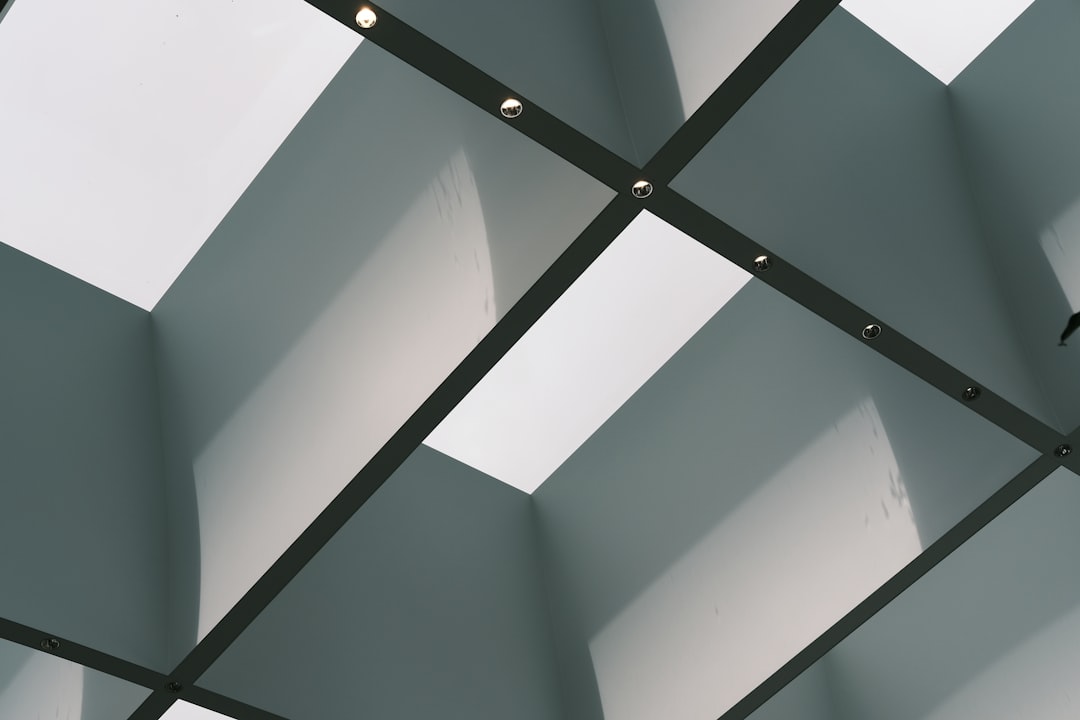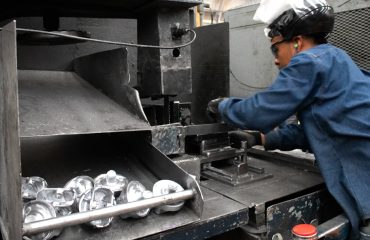Multi-story steel buildings are increasingly becoming the preferred choice for a wide range of applications, from commercial offices and residential apartments to industrial facilities and mixed-use developments. Their versatility, strength, and efficiency make them a compelling alternative to traditional concrete structures. This comprehensive guide delves into the key aspects of designing, constructing, and benefiting from multi-story steel building solutions.
1. The Advantages of Choosing Steel for Multi-Story Construction
Steel offers several significant advantages over other construction materials for multi-story buildings:
- High Strength-to-Weight Ratio: Steel’s exceptional strength allows for the creation of lighter structures, reducing foundation requirements and overall construction costs. This is especially crucial in high-rise buildings where weight is a major factor.
- Speed and Efficiency of Construction: Pre-fabricated steel components can be assembled quickly on-site, significantly reducing construction time compared to traditional methods. This translates to faster project completion and reduced labor costs.
- Design Flexibility and Versatility: Steel’s malleability allows for complex and innovative designs, accommodating various architectural styles and functional requirements. Curved walls, large open spaces, and intricate facades are all readily achievable.
- Sustainability and Recyclability: Steel is a highly recyclable material, contributing to environmentally friendly construction practices. The use of recycled steel also reduces the demand for newly mined resources.
- Durability and Longevity: With proper maintenance, steel structures can withstand harsh weather conditions and last for decades, minimizing long-term maintenance costs.
- Seismic Resistance: Steel’s inherent ductility allows it to absorb seismic energy more effectively than concrete, making it a safer option in earthquake-prone regions.
2. Design Considerations for Multi-Story Steel Buildings
Designing a multi-story steel building requires careful consideration of several factors:
- Structural Analysis and Design: Sophisticated structural analysis is essential to ensure the building’s stability and load-bearing capacity. This involves considering wind loads, seismic activity, and the weight of the building materials and occupants.
- Fire Protection: Steel’s susceptibility to fire necessitates the implementation of appropriate fire protection measures, such as fireproofing coatings or enclosures.
- Connection Design: The design of steel connections significantly impacts the overall structural integrity of the building. High-strength bolts, welds, and other connection methods must be carefully selected and engineered.
- Building Codes and Regulations: Adherence to local building codes and regulations is crucial throughout the design and construction process. This ensures the building’s safety and compliance with legal requirements.
- Architectural Aesthetics: The design should integrate seamlessly with the surrounding environment and meet the client’s aesthetic preferences. This often involves collaboration between architects, engineers, and other stakeholders.
3. Construction Processes for Multi-Story Steel Structures
The construction process for multi-story steel buildings typically involves the following steps:
- Site Preparation: This involves clearing the site, excavating for foundations, and preparing the ground for construction.
- Foundation Construction: Appropriate foundations, such as spread footings, piles, or caissons, are constructed to support the weight of the building.
- Steel Fabrication and Erection: Steel components are fabricated off-site and then transported and erected on-site using cranes and other heavy equipment.
- Connection and Welding: Steel components are connected using high-strength bolts, welds, or a combination of both.
- Fireproofing and Finishing: Fireproofing measures are applied to the steel structure, followed by the installation of cladding, roofing, and other building finishes.
- MEP Installation: Mechanical, electrical, and plumbing systems are installed throughout the building.
- Interior Finishes: Interior walls, floors, and ceilings are installed, along with fixtures and fittings.
4. Cost-Effectiveness of Multi-Story Steel Buildings
While the initial cost of steel construction might seem higher than some other materials, the long-term cost-effectiveness is often a significant advantage. Factors contributing to this include:
- Faster Construction Time: Reduced construction time translates to lower labor costs and faster project completion, leading to quicker return on investment.
- Reduced Foundation Costs: The lighter weight of steel structures often reduces the size and cost of foundations.
- Lower Maintenance Costs: Steel’s durability and longevity minimize the need for frequent repairs and maintenance.
- Increased Property Value: Buildings constructed with high-quality materials often command higher property values.
- Improved Energy Efficiency: Properly designed steel buildings can incorporate energy-efficient features, leading to lower operational costs.
5. Choosing the Right Steel Building Contractor
Selecting a reputable and experienced steel building contractor is crucial for the successful completion of your project. Consider the following factors when choosing a contractor:
- Experience and Expertise: Look for a contractor with a proven track record of successfully completing multi-story steel building projects.
- Safety Record: Prioritize contractors with a strong commitment to safety and a low accident rate.
- Financial Stability: Ensure the contractor has the financial resources to complete the project on time and within budget.
- References and Testimonials: Check references and testimonials from previous clients to gauge the contractor’s reputation and performance.
- Project Management Capabilities: A well-organized and efficient project management team is essential for successful project execution.
By carefully considering these factors, you can ensure the successful design and construction of a robust, efficient, and aesthetically pleasing multi-story steel building.
Tags: multi-story steel buildings, steel construction, high-rise steel buildings, steel building design, structural steel




